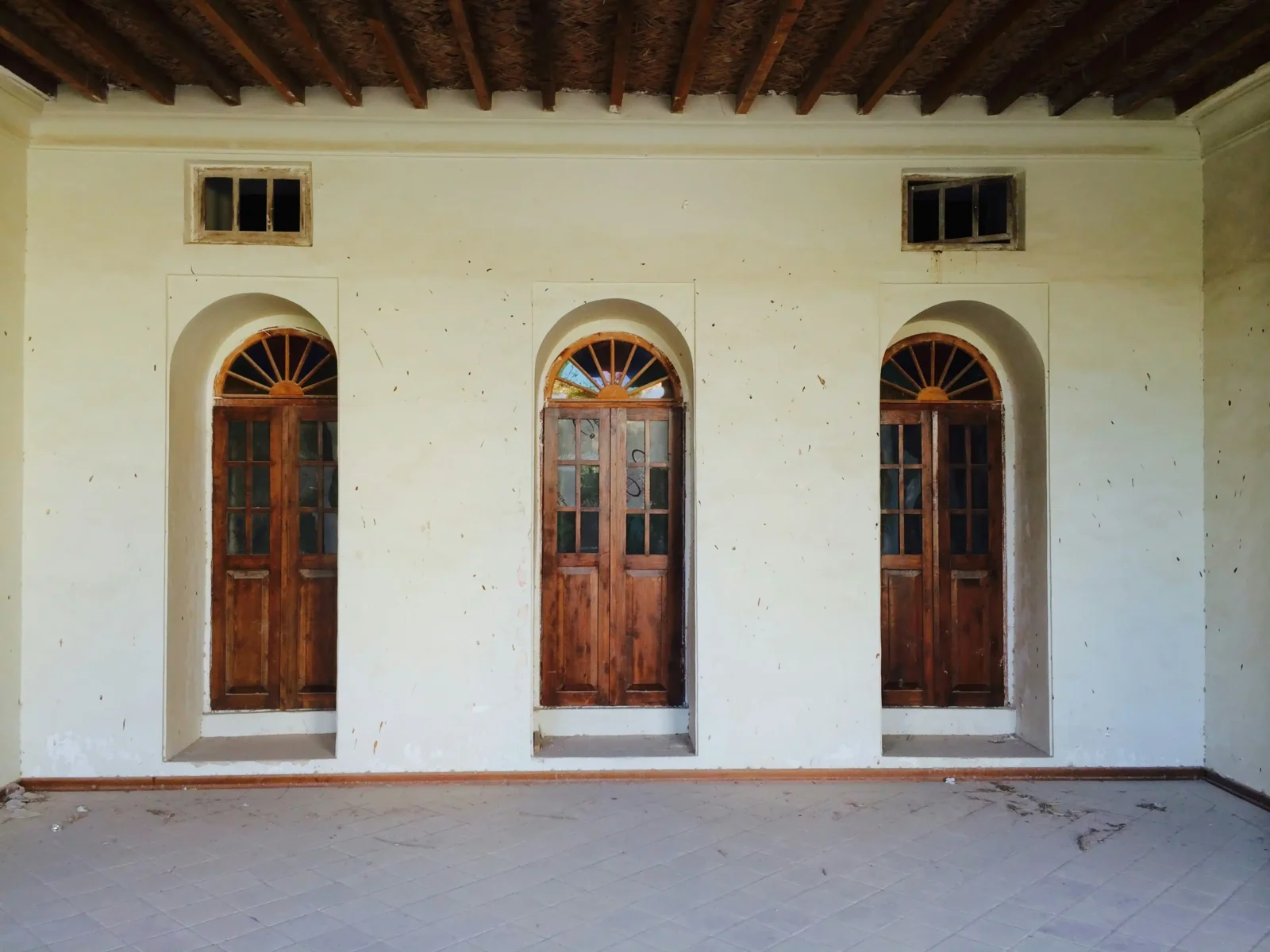- Home
- Articles
- Architectural Portfolio
- Architectral Presentation
- Inspirational Stories
- Architecture News
- Visualization
- BIM Industry
- Facade Design
- Parametric Design
- Career
- Landscape Architecture
- Construction
- Artificial Intelligence
- Sketching
- Design Softwares
- Diagrams
- Writing
- Architectural Tips
- Sustainability
- Courses
- Concept
- Technology
- History & Heritage
- Future of Architecture
- Guides & How-To
- Art & Culture
- Projects
- Interior Design
- Competitions
- Jobs
- Store
- Tools
- More
- Home
- Articles
- Architectural Portfolio
- Architectral Presentation
- Inspirational Stories
- Architecture News
- Visualization
- BIM Industry
- Facade Design
- Parametric Design
- Career
- Landscape Architecture
- Construction
- Artificial Intelligence
- Sketching
- Design Softwares
- Diagrams
- Writing
- Architectural Tips
- Sustainability
- Courses
- Concept
- Technology
- History & Heritage
- Future of Architecture
- Guides & How-To
- Art & Culture
- Projects
- Interior Design
- Competitions
- Jobs
- Store
- Tools
- More
Tiny Forest House: Designing within the Historical Heartbeat of the City

Within the confines of a modest 58 square meter property, the challenge of designing an architectural work that adheres to stringent zoning regulations, which dictate a structure no taller than 8 meters and no more extensive than two stories, became a task of considerable complexity. This project, unique in its requirements, had to navigate the delicate balance between the economic benefits of new construction versus remodeling, all the while remaining compliant with the district unit planning zone guidelines—a juggling act less commonly encountered in more expansive endeavors. The correlation between the limited dimensions of the plot and the duration of the design phase was almost directly proportional, with the small area demanding an unexpectedly lengthy period of careful planning.

The construction phase unfolded with surprises that extended the timeline and financial forecasts. Two comprehensive reviews and an archaeological survey, necessary due to the potential presence of cultural artifacts, further complicated the building process. This area, once dotted with hanoks—traditional Korean houses—would now preserve its historical essence through the incorporation of modern structures that echo the modest footprint of their predecessors.

From the vantage point of the newly erected second floor, one could observe a landscape in which the rooftiles of the surrounding hanoks seem to blend seamlessly with the passage of time, akin to the intertwined pathways of a labyrinth. These structures form a complex network of small, interconnected rooms that mirror the intricate layout of the city itself.

With the evolution of the neighborhood, the residential essence of the area has gradually given way to commercial endeavors. The new design endeavors to capture the essence of a dense, thriving forest. The rooms, akin to a collection of small clearings, are ingeniously arranged in a manner that suggests they are growing and expanding in various directions. This organic arrangement evokes the imagery of a robust tree, sprawling its branches in a resolute testament to the enduring nature of time. The result is a multifaceted commercial space that not only meets modern needs but also reflects the resilience and adaptability of the city’s historical architectural identity.

Submit your architectural projects
Follow these steps for submission your project. Submission FormLatest Posts
How Modern Bridges Balance Aesthetics and Engineering
How modern bridges balance aesthetics and engineering: explore form-driven systems, case studies,...
Exterior & Interior Remodeling Tips Every Homeowner Should Consider
Home upgrades reshape comfort, improve function, and strengthen long-term property value. Whether...
Top 8 Luxury Vacation Rentals Features Guests Love Most
A luxury vacation rental offers an entirely different experience than a typical...
Why Local Expertise Matters: Choosing the Right Plumbers in Townsville
Why Local Expertise Matters: Choosing the Right Plumbers in Townsville When it...





















Leave a comment